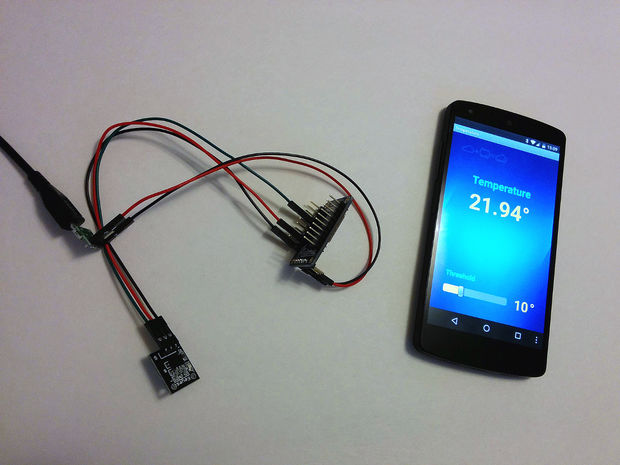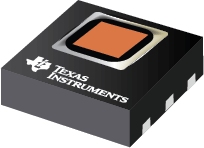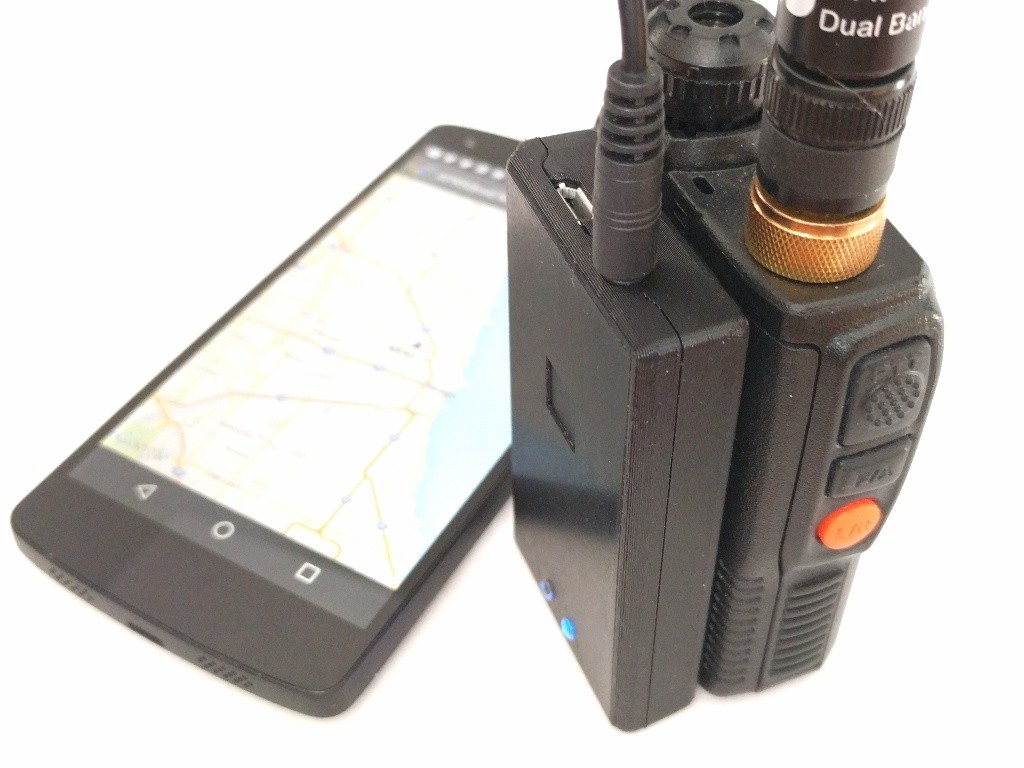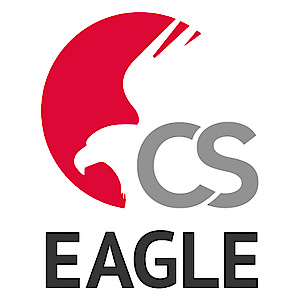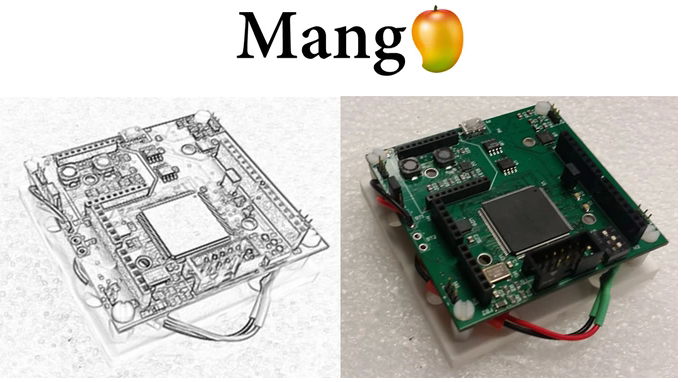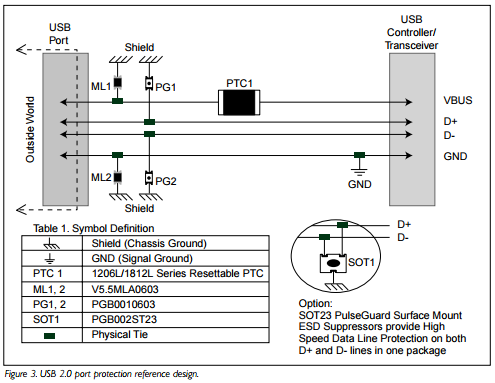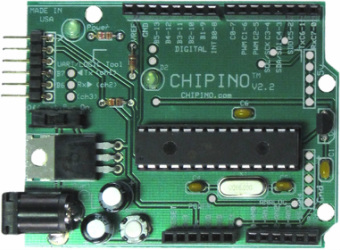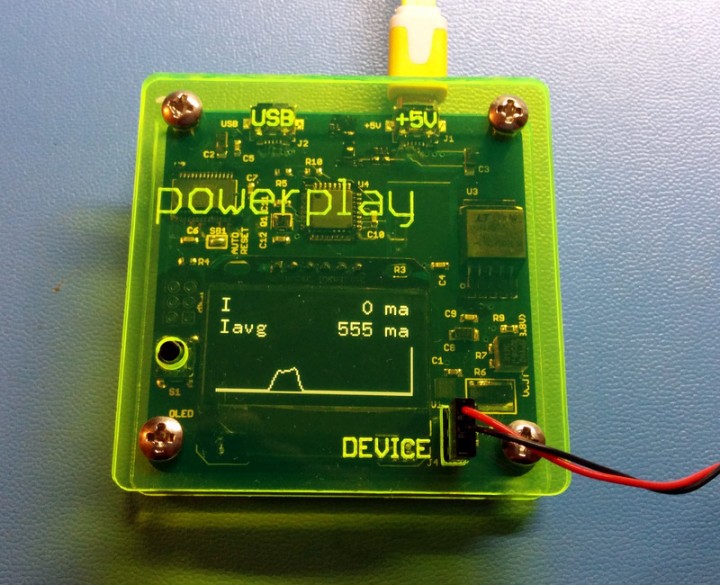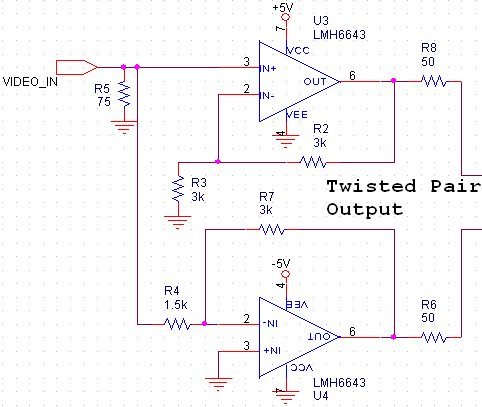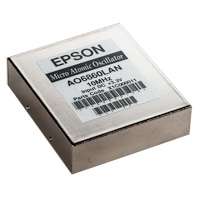
Epson has revealed a new atomic oscillator to provide a better accuracy device for telecommunication networks. This new oscillator is using a special laser and IC that are developed by Epson.
Seiko Epson Corporation has developed a small, highly stable atomic oscillator, the AO6860LAN, for telecommunications networks and industrial applications. The development of the new oscillator will be presented on November 4, 2015, in Edinburgh, UK, at the upcoming ITSF 2015 (the International Telecom Sync Forum). Volume production is scheduled to begin in 2016.
The new product makes it possible for Epson’s customers to build smaller, more reliable telecommunications infrastructure and test and measurement systems that consume less power. Although Epson has provided atomic oscillators for communications infrastructure equipment in the past, the new product utilizes an original vertical cavity surface-emitting laser and special IC, both designed and manufactured by Epson.
Epson develops compact atomic oscillator – [Link]


